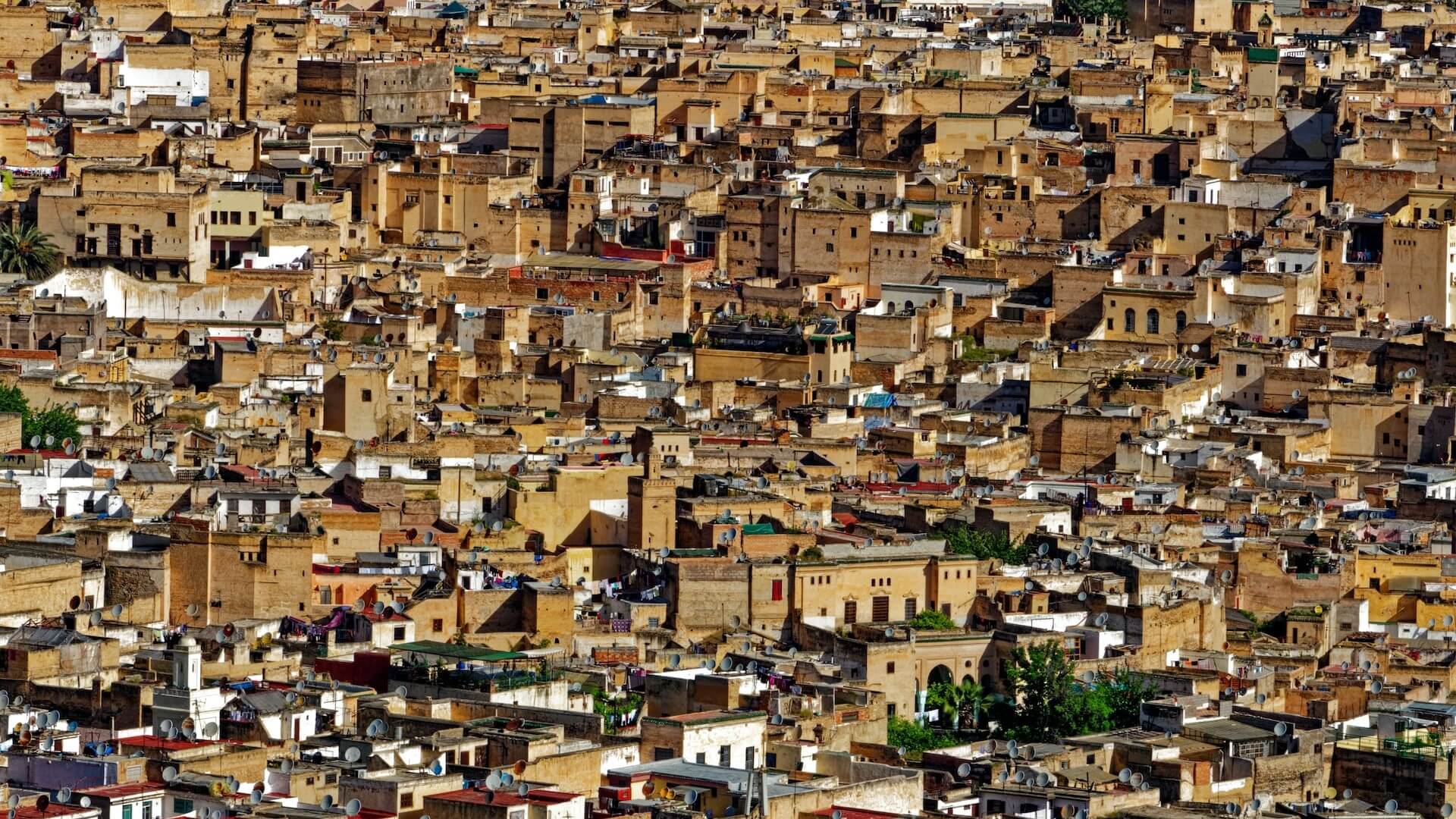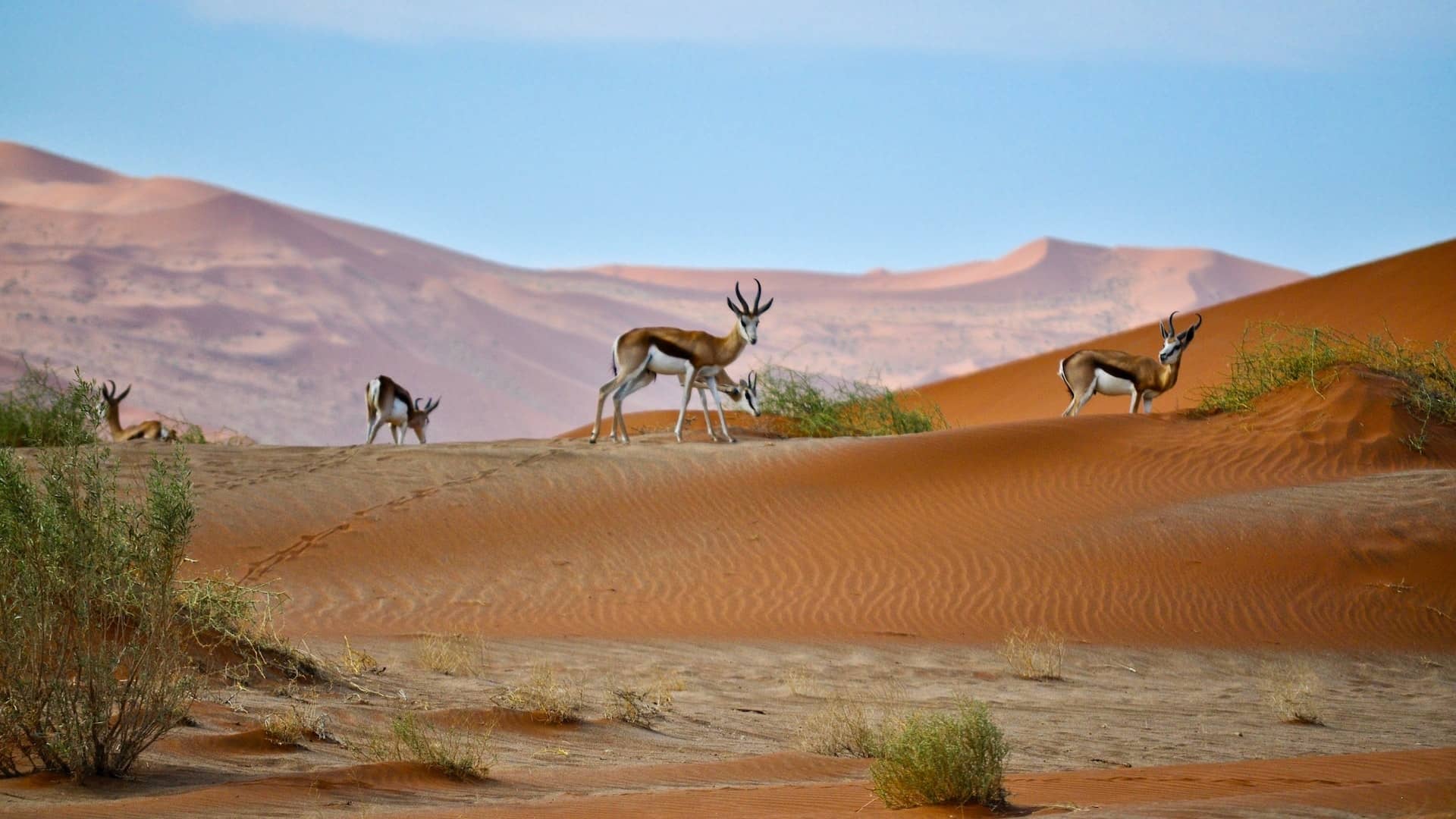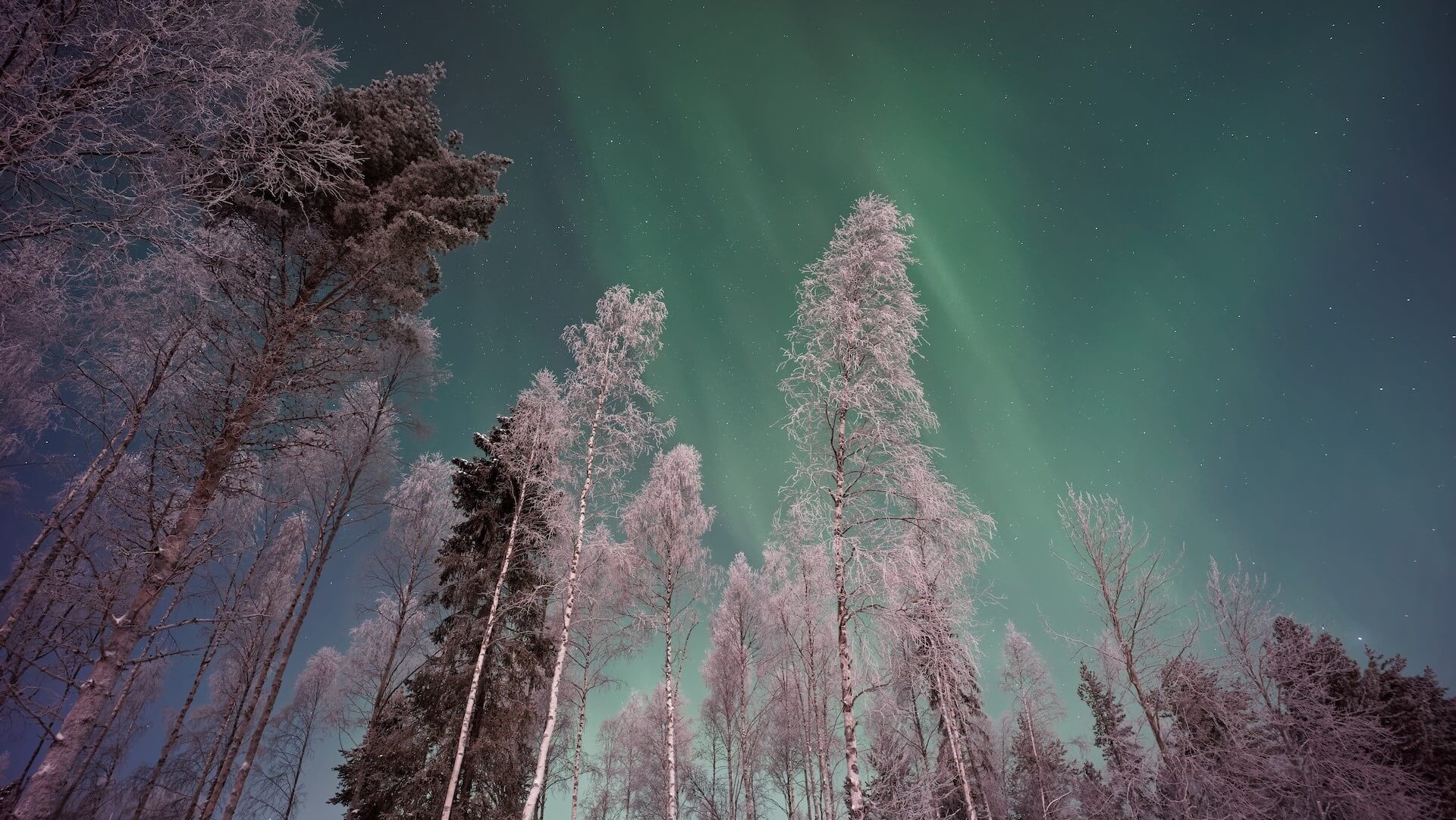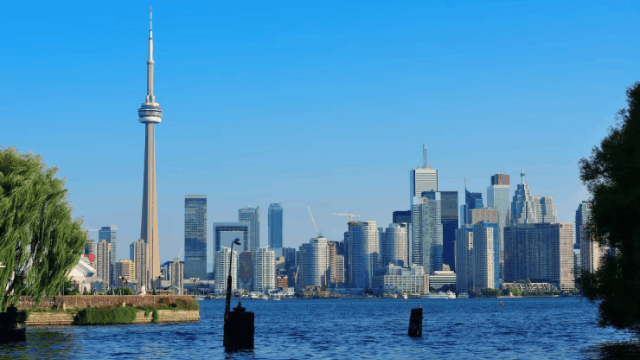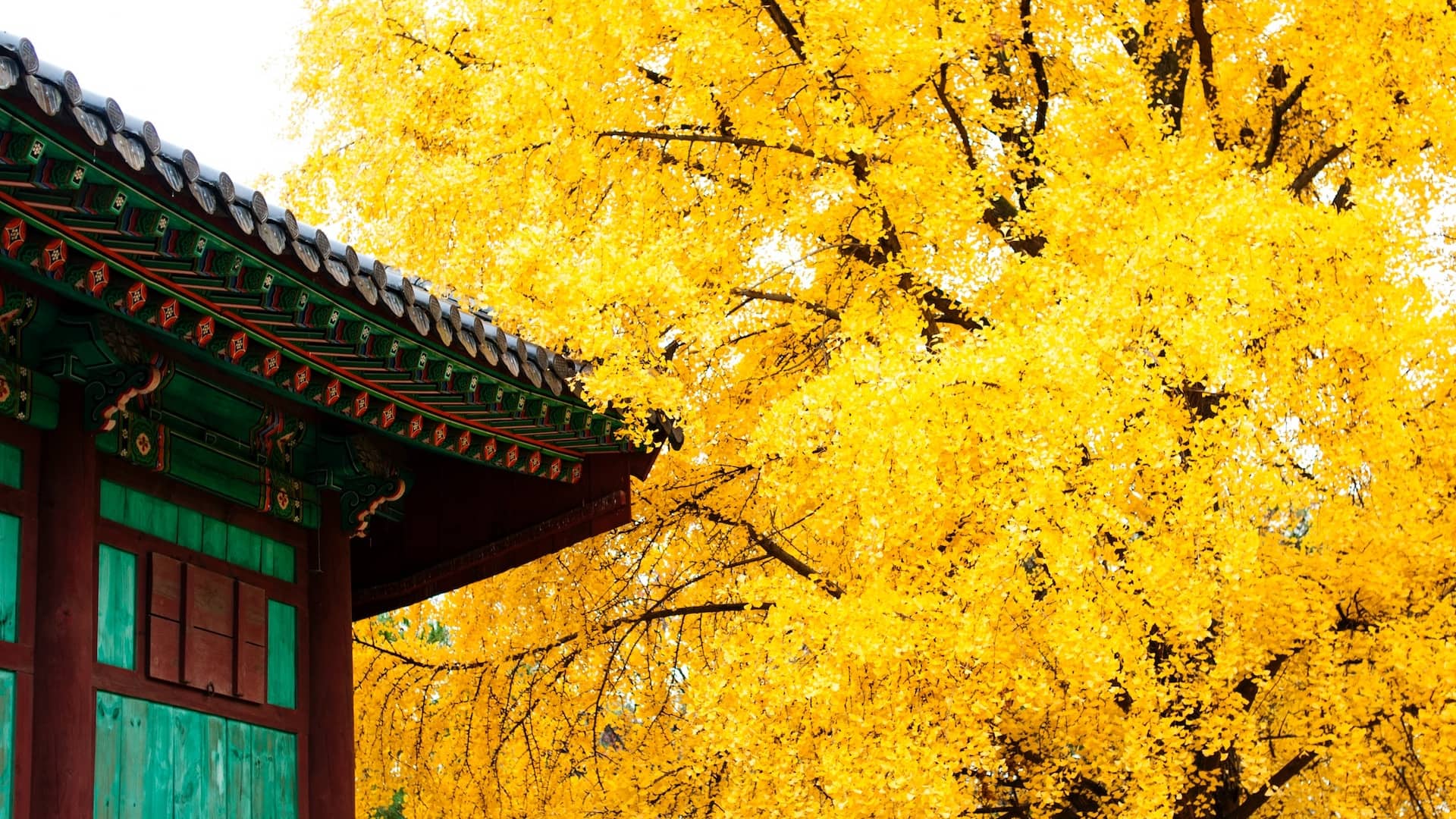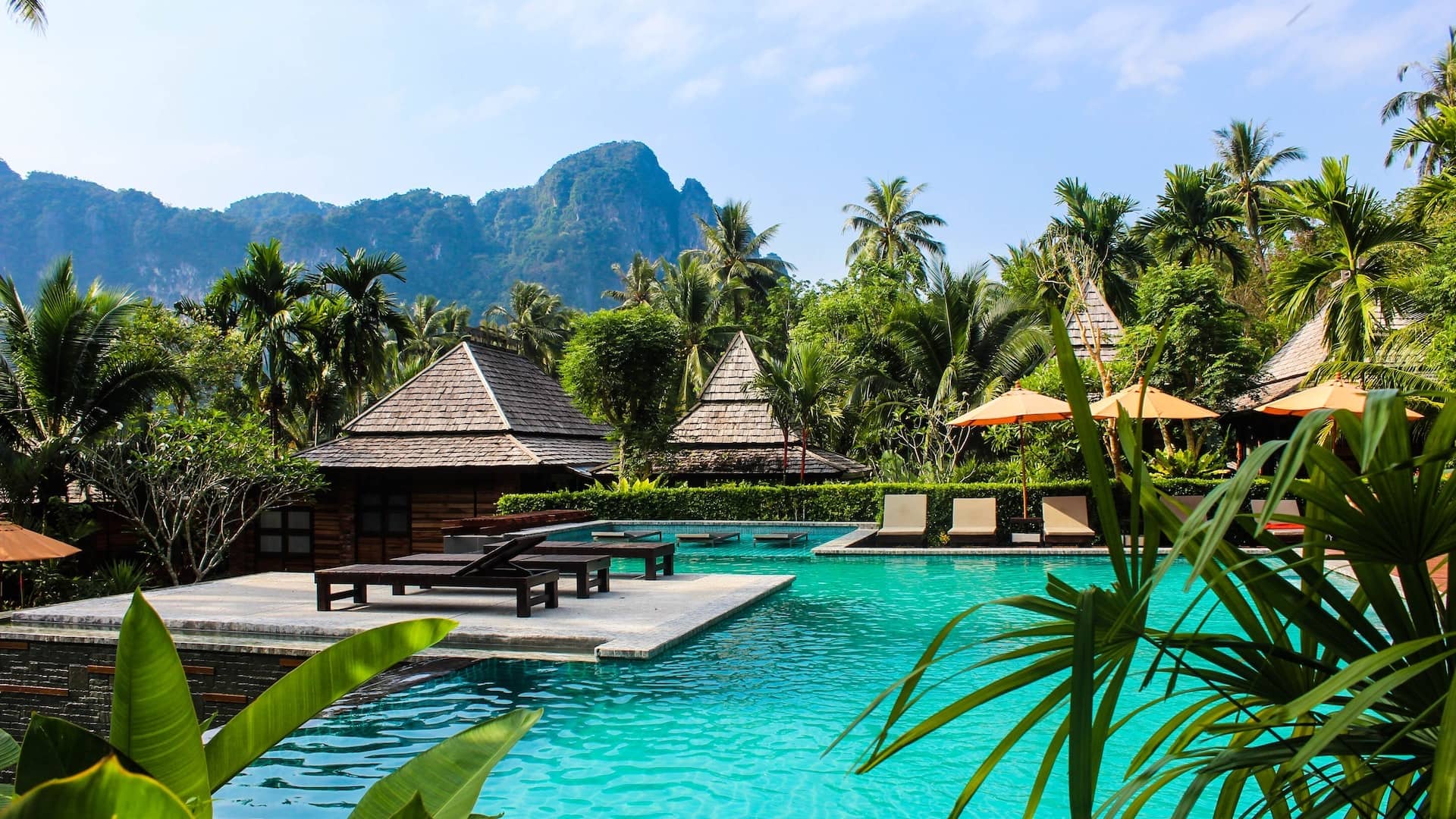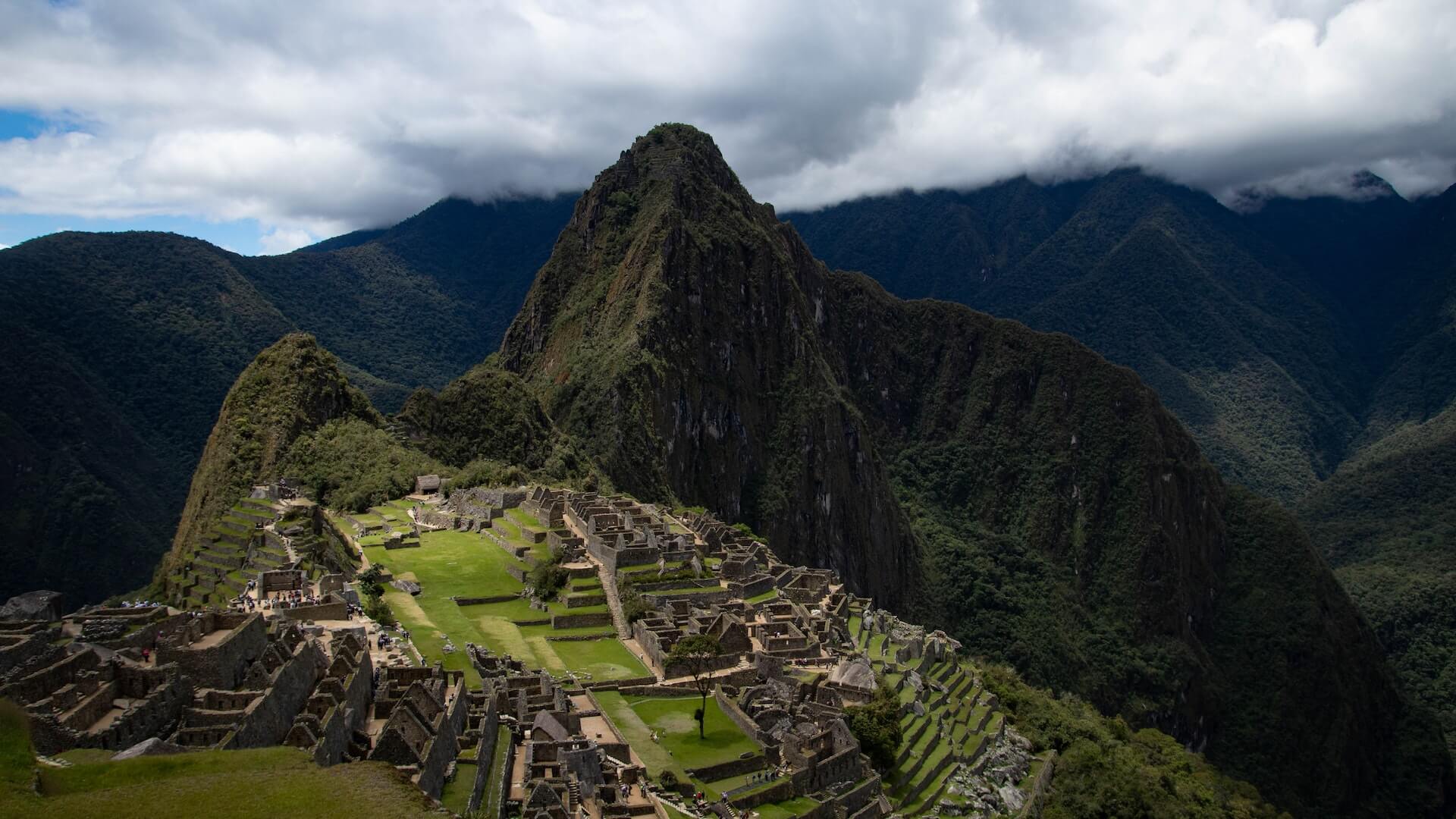S
A sea of tawny roofs
In an arid valley dotted with olive trees, Fez seems like a sea of tawny roofs, with the occasional white and green mosque minaret sprouting up. Behind the high walls, the old city remains almost as it was then, emanating its millennial charm. Follow us on a sensory journey through the ancient city of Fez.
The oldest Islamic city
Fez was the first royal city established in Morocco and is also a destination of Arab-Andalusian architecture, the oldest Islamic city in the Kingdom, and home to the oldest university in the world. The sacred atmosphere of this Moroccan city pervades the city's exquisite courtyards and shaded open-air bazaars.
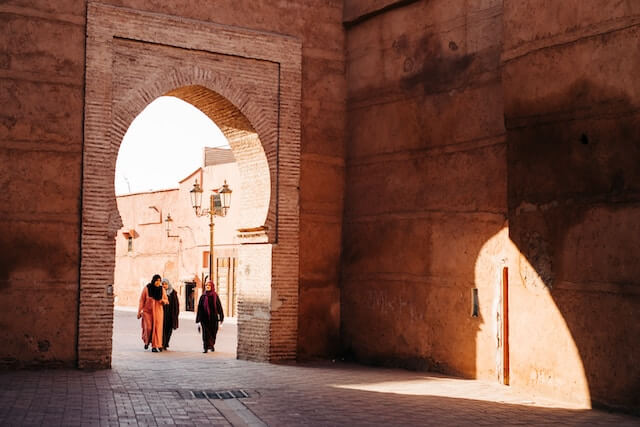
The Market
Entry to the old city of Fez is usually through the Bab Bou Jeloud Gate, with cobalt blue tiles on one side and Islamic green tiles on the other; after passing a few kebab stalls on the left, you'll soon become enamored with everything here.
In spring, the streets are filled with the fragrance of sparse young leaves on citrus trees. Orange baskets line the stalls at the end of Talaa Kebira, a long street that runs through the old city and into the center, lined with stalls; a short walk away, on your right, you'll find the gates of Bou Inania madrasa, a magnificent building that was recently renovated and stands out.

Be sure to take a look inside the school, knowing that it has been the best and most elegant place to study art since Marinid. Qur'anic verses are carved in swirling stucco, on zellijes and in carved panels above a fine courtyard with a fountain for the Islamic rituals of the Great or Lesser Purification.
In Attarine souk you will smell the fragrance of cumin, turmeric and cinnamon, and in a small square you will see the el-henna souk on the right, where the Moroccan beauty secrets are hidden: eye shadow powder to make the eyes look deeper, henna dye and clay to add shine to the hair, rose perfume to lubricate the skin... ...
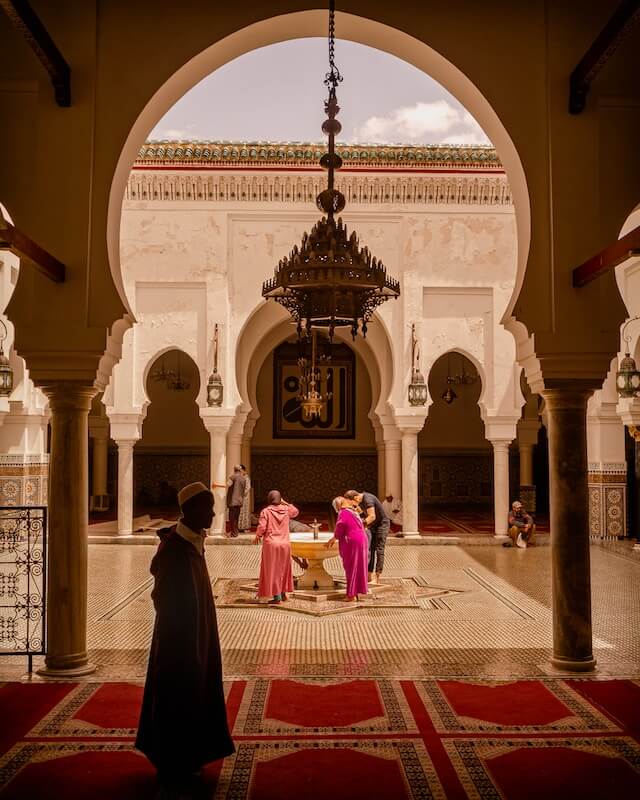
From this market there is a shortcut - a secret shared only with those who know - to the iconic Nejjarine fonduk in Fez, a place so loved by the Orientals that it has been depicted in their paintings many times. It would be a natural outcome to spend your time in this beautiful inn with nothing to do.
One of the finest mosaic tile fountains in Fez is preserved next to the imposing gate of this old Arabian inn. The inn is now cleverly converted into a museum of woodwork. The "King of Trees" cedar, which grows in the Middle Atlas Mountains near Fez, is a speciality here, and the artefacts made from cedar wood and its fragrance have become a special feature of Fez.

Enjoy Turkish baths and Oriental spas
As in all Muslim cities, Turkish baths are practiced in Fez, both to cleanse the body and for religious cleansing rituals. This means that the beldi hammam is only open to Muslim believers. Each community has a hammam, and the origin of this long tradition cannot be traced.
It is said that there were 93 hammams in Fez during the Almohad dynasty. The entrances to the baths are relatively hidden, the baths have worn marble, the walls have peeled off due to the accumulation of time and moisture, and the facilities are rudimentary. People come to the baths once a week to clean their skin and hair, relax and chat. Women are welcomed in the afternoon and men in the morning and evening. Those fascinated by this type of bathing can feel the romantic atmosphere in the street hammam, where the ritual is simpler. There is one such street opposite the library of the Karuin Mosque in Sefayn Square where one can try a Turkish bath.
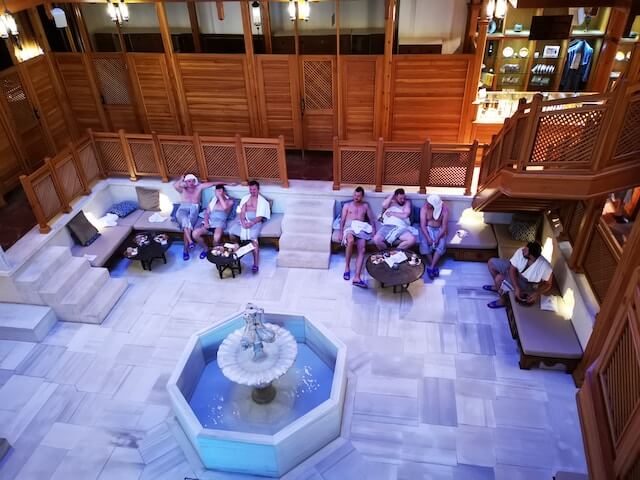
Those seeking more comfort, chic surroundings and total relaxation can choose between two elegant and sophisticated spas in the old city: the outstanding and opulent one at Jamai Palace, and the very intimate and equally irresistible one at Riad Maison Bleue. The Nausikaa Spa is a professional, delightful and inexpensive service.
